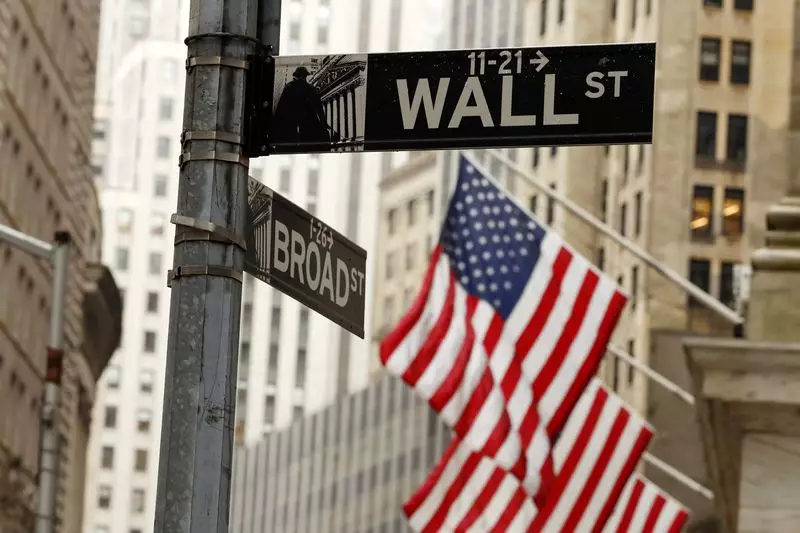As the calendar page turns to 2025, the U.S. stock market is poised for a positive start, driven by fresh expectations from investors who are keen on both a new political administration and potential interest rate reductions. Significantly, anticipation is mounting that these changes could invigorate corporate performances and stimulate the economy. Early indicators reflect a bullish sentiment, with stock index futures pointing upwards before the first trading day of 2025.
In the pre-market trading session, futures for the Dow Jones Industrial Average showed an increase of 198 points (approximately 0.46%), while the S&P 500 and Nasdaq 100 indices gained 34 points (0.57%) and 160.25 points (0.75%) respectively. This upward momentum follows a remarkable year in 2024, where major stock indices logged impressive gains, with the S&P 500 experiencing its best two-year growth spurt since the late 1990s. The Federal Reserve’s recent decision to cut interest rates for the first time in four years has been instrumental, along with a burgeoning interest in artificial intelligence technologies and significant corporate benefits anticipated from policies of the incoming administration.
Despite the optimism, it is crucial to recognize that equity valuations have surpassed long-term averages. Analysts suggest that these high valuations could be justified if corporate profits demonstrate robust growth in the coming months. Indeed, forecasts indicate that earnings per share for companies within the S&P 500 could rise by around 10.67% in 2025. Moreover, several financial institutions predict the S&P 500 index could shift between 6,000 and 7,000 points this year, suggesting a healthy upward trend from its last closing value of 5,881 points.
Nonetheless, market conditions are not without their hurdles. The tail-end of 2024 revealed some volatility, evidenced by the benchmark index and Dow experiencing declines in December. This downturn was in response to heightened concerns about the implications of President Trump’s proposed economic policies, including corporate tax reforms and stricter immigration controls, which many fear could lead to inflationary pressures and hinder further monetary easing by the Federal Reserve.
While traders remain hopeful for favorable interest rate adjustments, the persistence of inflation above the Fed’s 2% target raises questions about the central bank’s strategy moving forward. Traders are bracing for a decision in the near term that could leave interest rates unchanged, while also projecting a possible total interest rate cut of 50 basis points by the end of the year. The prevailing scenario also includes the practical realities that the new administration’s policies could require additional borrowing, potentially introducing more volatility into the market landscape.
Market analysts maintain a cautious yet optimistic tone regarding the outlook for 2025. Key figures in finance, such as Susannah Streeter of Hargreaves Lansdown, emphasize that the year could unfold positively if the much-discussed “Goldilocks scenario” – characterized by economic growth without overheating – materializes, underpinned by tax breaks and deregulation.
Thursday’s trading session will also highlight the importance of forthcoming economic data releases, including a report on jobless claims and final manufacturing activity estimates for December. Market attention will also shift towards an array of labor market statistics to be unveiled next week, which are likely to influence trader sentiment.
In the world of tech stocks, notable movements were observed during pre-market trading. Tesla saw a mild increase in its stock value ahead of anticipated quarterly delivery data, while other major players like Meta and Amazon also recorded slight gains. Semiconductor companies such as Nvidia and Broadcom are projected to continue performing well, driven by the S&P 500 Growth index’s noticeable rise in 2024.
Amid these developments, some companies are facing challenges. For example, SoFi Technologies experienced a drop in stock price following a downgrade from brokerages, highlighting the volatility that can accompany market speculation and investment strategies.
As we delve deeper into 2025, a blend of cautious optimism and critical analyses is necessary to navigate the evolving financial landscape. The interplay between corporate performance, interest rates, and government policies will significantly shape the investment climate in the months to come. Investors will need to remain vigilant and adaptable to maximize the potential benefits while managing inherent risks.

